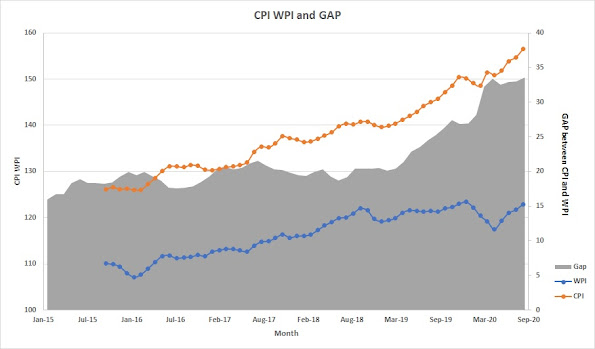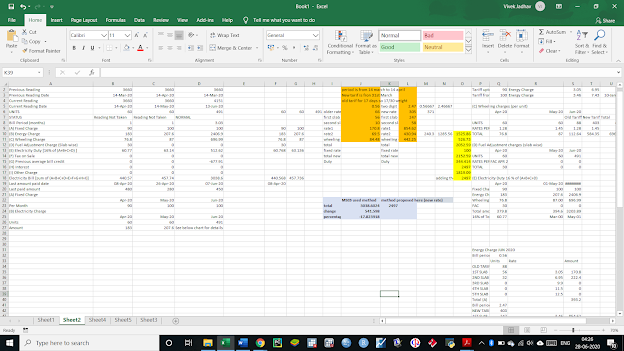When Rabindranath Tagore (Robindronath Thakur) talks with me - 1
Hello everyone, today we have the noble prize winner, author, and composer of the national anthems of India and Bangladesh, Rabindranath Tagore. Welcome, Gurudev... Rabindranath: Hello Vivek. I always enjoy the discussion with young people. Vivek: Gurudev, let me start this conversation with caste and religion in India. What do you think about the Indian caste system? Rabindranath: The idea of caste actually helps to maintain the co-existence of the diversities in Hindu Society. India's caste system is the outcome of a spirit of toleration, For India has all along been trying experiments in evolving a social unity within which all the different peoples could be held together, while fully enjoying the freedom of maintaining their own differences. But over a period of time, segregation happened and we built a social wall between the different castes. These social walls damage the fundamental spirit of freedom and create problems like untouchability. Such practices are actually again




